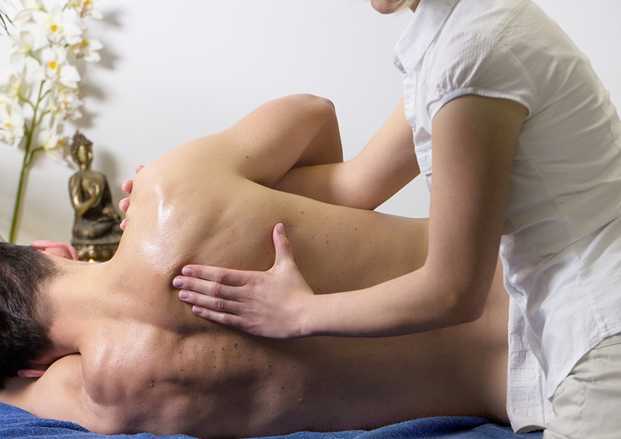Most of us experience some aches, pains, and stiffness of the joints as we age. This is perfectly normal and years of wear and tear often take their toll on the human body. But there is a line that separates normal age-related discomfort from symptoms that suggest something more serious may be going on. When mild discomforts become regular in their frequency or begin to worsen, there is a chance that you could be in the early stages of osteoarthritis.
What is osteoarthritis?
Osteoarthritis is one of a hundred different types of arthritis. This particular form is degenerative in nature and it begins with a few symptoms that gradually worsen over time. As the disease progresses it may cause extreme pain, discomfort and lead to disabling conditions if not treated early.
OA is a disease that causes inflammation and swelling of the joints that may be easy to mistake for everyday aches and pains. This is because the beginning stages may be mild. Learning about the signs and symptoms of osteoarthritis will give you the knowledge to realize when it is time to seek the advice of a qualified health professional for diagnosis and early treatment of this joint disease.
Aging and osteoarthritis
The aging process is not the direct cause of OA, but the wear and tear from years of use on the joints is a contributing factor. Not all elderly experience OA, but a good share does. As the cartilage which acts as a cushion for the joints begins to wear down, the bones start to rub on one another. This activity leads to inflammation within the joints.
Signs and symptoms of osteoarthritis
OA generally affects joints which are located in the fingers, wrists, arms, legs, ankles, knees and hips. The lower back may also be affected by OA. Some of the first symptoms may present themselves in the form of stiffness or soreness when you awaken or when you have remained in the same position for a certain length of time. Stiffness, sharp pains and dull aching pains in the fingers, wrists or arms, difficulty getting up from a sitting or lying down position from the hip or lower back discomfort and aching ankles or knees can be signs and symptoms of osteoarthritis. Usually Genu Valgum also considered one of the causes of osteoarthritis in toddlers.
Stiffness and pain may be accompanied by tenderness in the area. For example, you may notice that when you go to open a jar or use your hands to turn a knob or any other simple activity that it feels sore. This is due to inflammation of the joints. Tenderness is often a precursor to increasing discomfort that becomes a pain in time.
When to see a health care provider
If you notice that any of the above symptoms are becoming regular and are increasing, it is a good idea to make an appointment with a qualified medical professional to discuss your symptoms. Early detection of osteoarthritis can help to prevent further damage to your joints. This is a condition that will not get better in time and the discomfort will not go away, in fact, it will become worse. Testing and diagnosis will give you the information that you need to make treatment choices that will slow the progression of the disease and bring you relief from pain.
Treatment for osteoarthritis
Some of the most common treatments for osteoarthritis include natural supplements which help to restore joint health and bring relief from the pain. Anti-inflammatory aids help to reduce the swelling. There are also lifestyle adjustments which can be made to help control the symptoms of osteoarthritis. Getting up from a sitting position and moving around is helpful. Light exercise before bedtime can also help to alleviate morning stiffness. In addition to these, maintaining healthy body weight is important for keeping excess pressure off of your joints.
Conclusion
Osteoarthritis is a common condition, particularly among elderly populations. The signs begin with stiffness and soreness that gradually increases over time. OA most commonly affects fingers, wrists, arms, lower back, knees, ankles, and legs. Discomfort increases and can lead to a disabling condition if it is not addressed. Early detection and diagnosis are important so treatment can begin in order to prevent further damage to joints.
Author Bio:
Dipali Roy is an enthusiastic health blogger and the founder of lifecares.org. She likes to share her thoughts to make people inspired about their fitness. She is an experienced writer and author on highly authoritative health blogs..
